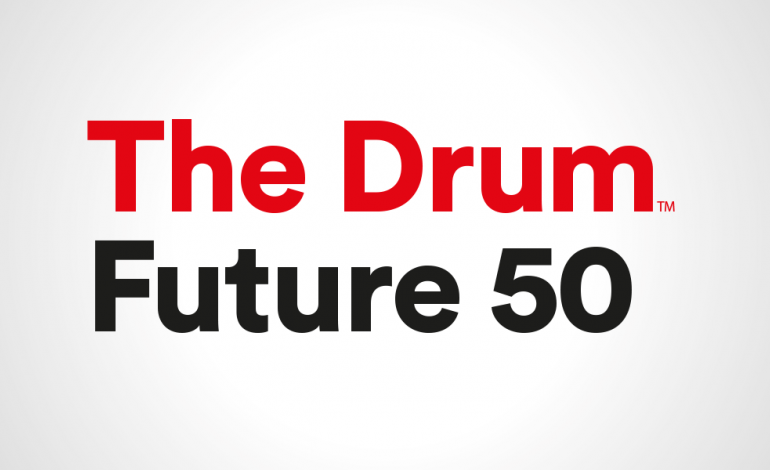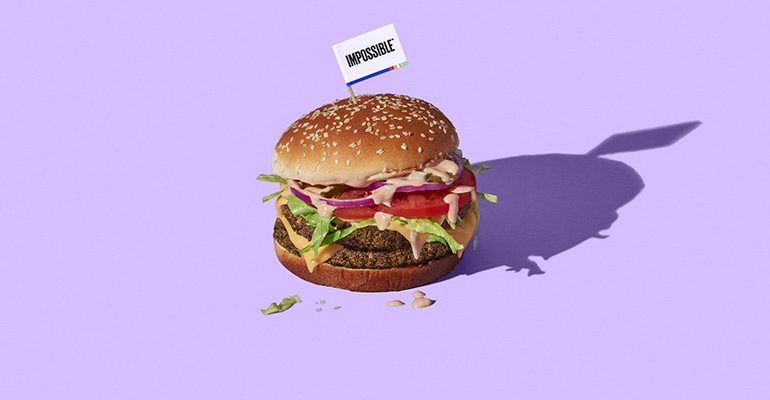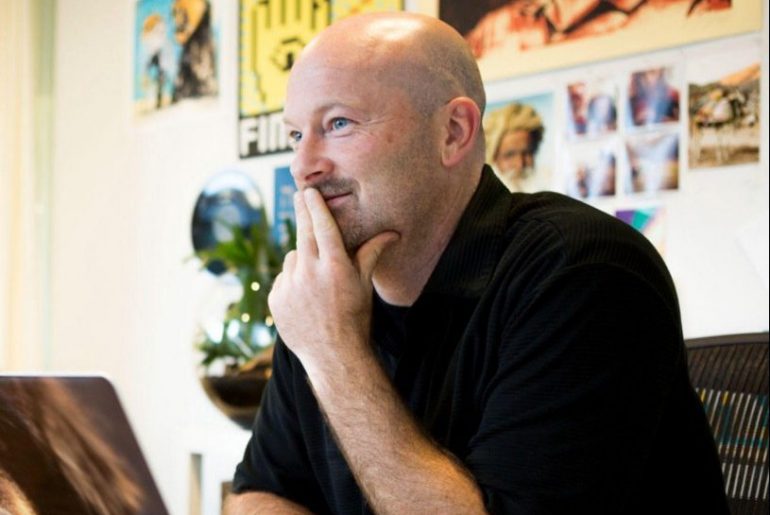By Sam Bradley
This week we reveal the Future 50 for 2020, our list of the best new brand-side talent from across the industry. But while celebrating the milestones our phenomenal 50 have already achieved in their careers, we also wanted to pick the brains of these marketing leaders of tomorrow.
And so, as the industry moves forward after a tumultuous year, the first question we put to our Future 50 is…
What qualities does the marketer of the future need to possess?

Harriet Lowe, portfolio marketing executive, ITV
They need to be inquisitive and never afraid to ask why. I think it’s really important that marketers of the future recognise they might have a different opinion or point of view to others in the room, and often by sharing this point of view great work can come from it. Although we can all learn a lot from people around us, we should never lose our own curiosity to challenge the status quo and be the most authentic versions of ourselves.

Mazen Mroueh, global digital manager, Friesland Campina
Marketers need to adapt and have an open-minded approach towards new market and technology updates. As a start, they need to be technically proficient, hybrid, agile, flexible to changes, creative, and disruptive. But also, they need to be socially responsible, honest, ethical, fair, transparent and direct with consumers.

Chad West, director, global marketing and communications, Revolut
Technical skills: you need to be able to source your own data, build your own dashboards and set up your own departmental processes. This involves learning to code basic languages and familiarising yourself with all the latest software in the market. Also, business acumen. Simply bringing customers into the funnel is not enough. You need profitable customers, which means you need to build a process to monitor and report on customer engagement and customer lifetime value.

Benson Mensah-Bonsu, sports partner manager, Twitter
Being agile is key in the long run. It’s hard to consider taking risks during the pandemic when many businesses have folded and people are furloughed/unemployed. Prior to Covid-19, I’ve seen marketers bet big on things that led to underwhelming results with minimal pivoting options to reach their target. Being agile with a minimal viable product allows you to continuously build and optimise your marketing strategy in response to the current fragile yet ever-changing state of the economy.

Elena del Boca, brand manager, GHD Italy
A modern, post-Covid marketer should have a strong ability to manage at 360° the engagement with consumers. The omnichannel model is a real challenge for brands and consumers today are used to navigating from online to offline and vice versa through new and different platforms. And their expectations keep increasing. We may call it the ’fusion marketing’ era, where the key is to follow the consumers, stay along with them in whatever space they are. The enormous availability of data is crucial today to execute this 360° strategy – it is mandatory for each marketers today.

Elizabeth Stone, marketing manager, for brand partnerships, John Lewis & Partners
Above all, marketers need curiosity. As customer champions, we should be constantly evaluating our environment and our customers’ evolving needs. We need to examine the wider world so we can identify trends, seek opportunities, spot risks and ask ’why?’ By doing this, we’ll generate better and more original ideas. Second to this is taking (calculated) risks to create bold marketing and obtain an advantage. You’re not going to make your brand famous by playing it safe. The qualities marketers need don’t change, only knowledge and skills. If you stay curious, you’ll pick those up along the way.

Shannon Ross, associate creative director, Spotify
The marketer of the future will need to possess compassion. We are now of an age where superficial ideas are so easily seen through, with the pandemic and social media holding a mirror to brands. The future marketers are people who will set the right tone for the world they wish to live in. The future marketers are those who identify the human truth in their target audience, zeroing in on people first and numbers second. That is how you move the needle on a brand. That is how you mould the future.

Brianna Foster, social editor, Pinterest
The main quality a future marketer possesses is the ability to authentically connect to culture. Marketing is all about connections – connections to a feeling, a friend, an aesthetic or even an avenue to the impossible. It’s not just one thing, but rather an evolving, fluid entity. When you think of marketing in a box, you don’t see the whole picture. A marketer of the future can take any preconceived notion of what marketing is and completely throw it out the window to create new concepts based on their own experiences, ideas and desired outcomes.

Sean Cook, senior social media manager, News UK
Innovation for me is particularly key when tackling marketing. At News UK, we pride ourselves on being first to new industry platforms, and being from a social media background, spotting new tools and trends in the market – and being first to test them within the company – is key for me to market our game in new ways. Over the last year, Dream Team was the first News UK brand to trial TikTok, quickly expanding to over 65,000 followers in a matter of months. This gave us a new, younger audience to push to our product.

Maeve Delahunt, business marketing lead, Snap
I truly believe adaptability will be the most important quality for a marketer, or indeed any professional. Living in such unknown territory, we need to stay flexible and nimble. We learnt so much in the first few weeks of lockdown alone when we were forced to completely reshift and strategize our marketing efforts almost overnight. By remaining adaptable and open to fresh perspectives, marketers can react to unforeseen challenges and capitalize on opportunities, future-proofing themselves and the organisations they work for.

Jack Mackie, social media manager, News UK
Adaptability. Markets and audiences are constantly developing, with new, innovative ways to communicate springing up almost every day. It’s essential to stay on top of trends and find out exactly what works for both you and your audience. While it’s always worth trying out new methods and strategies, don’t be afraid to move on when something isn’t working. Equally, never allow yourself to become too comfortable – just because something is working, doesn’t mean it can’t be improved.

Franny Goldberg, associate director, content growth strategy and analytics, SiriusXM
A willingness to fail. As the digital landscape continues to grow, with new platforms popping up daily and algorithms changing constantly, we have to be willing to sometimes fail first, before we find true success. I believe testing is more important than ever, whether it be creative, targeting, messaging etc, and in order to gain significant insight, we must be comfortable with the idea that we may not hit our goals on the first try. Often you learn more from why something didn’t work versus knowing why it did.

Chris Lu, regional head of communications and marketing, AnyMind Group
There is an increasingly blurred line between PR and marketing, and the future marketer will need to play on both sides of the equation by finding a balance. Effective PR can become effective marketing for a business, while effective marketing can also become effective PR for a business – for example, the content marketing push were doing for influencer marketing in Asia (since June 2020) has not just driven customer interest, but also greater product branding, clarity and audience perception.

Amanda Walker, senior campaign advisor, Sydney Water
Be brave. My biggest challenge is getting people to see value in challenging ideas and doing things differently. I don’t believe in doing things just because it’s the way they’ve always been done. I’m not saying throw everything out, but having a brave mindset and the courage to look at things in a different way. To test and learn, have an ear to the ground, try new things – this is what inspires me. It definitely requires passion and a strong gut-level instinct but sometimes we need to set aside just examining the data and take a leap.

Rachel Flynn, brand awareness executive, Worldwide Cancer Research
Emotional intelligence. We treat everyone like we would ourselves. Since March 2020, we’ve checked in with our friends, assured them that their money’s well looked after and that there’s a light at the end of this dark tunnel, helping them imagine a world free of the ’two Cs’. But to do this successfully, we had to put ourselves in their shoes and put our fears aside so we could serve our friends better. We cared, and it worked; empathy and sensitivity will cure our friends’ anxiety and uncertainty.

Laura Scott, brand customer strategy manager, Lloyds Banking Group
I started my journey with the group in customer-facing roles and every job I have gone into since I have been told the strength I bring to the team is my ability to truly put myself in the customer’s shoes and champion on the customer’s behalf. It is important now more than ever to truly understand and empathise with our customers, building on our experience and understanding to get as close to the customer as possible. The skill to truly understand and cater to customers’ changing needs is the core quality any marketer will need going forward.
You can see the full list of our fantastic Future 50 and read about just why we think they’re the future of the industry here.












